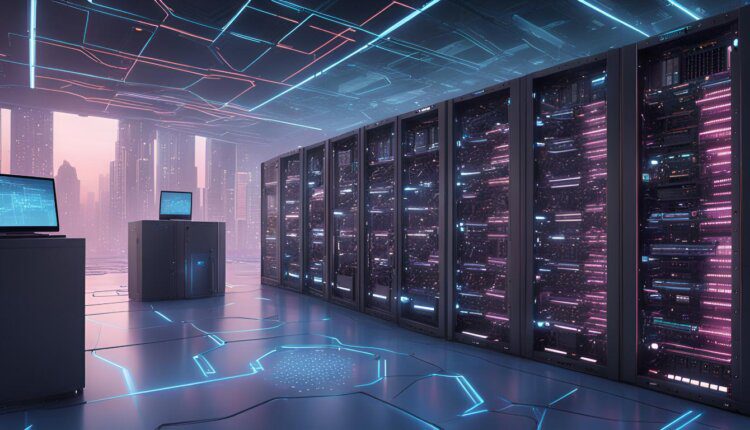Exploring AI Chip Alternatives Amid Nvidia GPU Shortage

As AI demand surges, GPUs like Nvidia’s A100 and H100 are becoming scarce. Companies are exploring alternatives such as FPGAs, AMD GPUs, TPUs, decentralized marketplaces, and optimized CPUs for AI tasks.
In January 2024, Blackstone announced its ambitious plan to build a $25 billion AI data empire, and OpenAI soon followed with its $100 billion Stargate supercomputer project. These major ventures underscore the global race to capitalize on the rapid expansion of AI technology, projected to hit $827 billion by 2030. However, amid this surge, a critical bottleneck has emerged: GPUs.
Nvidia, the world’s largest producer of GPUs, is facing overwhelming demand for its A100 and H100 models. While hyper-scalers like AWS and Google Cloud can secure these GPUs, many smaller businesses and researchers are left on long waiting lists. This shortage has prompted the need to explore viable alternatives for AI chipsets.
Online advertising service 1lx.online
Field Programmable Gate Arrays (FPGAs)
FPGAs offer flexibility and efficiency for AI and machine learning tasks. These reprogrammable integrated circuits can be customized to specific applications, making them a good alternative for parallel processing. Although FPGAs are cost-effective and have low latency, they require high engineering expertise, which may increase upfront costs.
AMD GPUs
AMD’s GPUs, like the Instinct MI300 series, are gaining traction as a cost-effective solution to Nvidia’s dominance. With features like GCN architecture and support for open standards, AMD GPUs are a compelling option for AI workloads, especially for companies seeking alternatives to Nvidia.
Tensor Processing Units (TPUs)
Developed by Google, TPUs are designed to handle machine learning tasks efficiently. These ASICs are optimized for neural network computations and are energy-efficient, making them a solid alternative to GPUs. However, their availability is currently limited to Google Cloud.
Decentralized Marketplaces
Decentralized marketplaces offer another solution by utilizing idle GPU resources from various sources, such as academic institutions or individuals. These platforms enable access to consumer-grade GPUs that can handle small to medium AI/ML projects, easing the pressure on high-end professional-grade GPUs.
CPUs for AI
Online advertising service 1lx.online
Though CPUs are less efficient for AI due to limited throughput, ongoing efforts aim to make them more suitable for AI applications. Certain workloads, such as natural language processing and complex statistical computations, are better suited for CPUs, making them an option for specific use cases.
Conclusion
The current GPU shortage isn’t going away soon, but innovative alternatives like FPGAs, AMD GPUs, TPUs, decentralized marketplaces, and optimized CPUs offer hope. As AI technology continues to evolve, these alternatives could play a crucial role in shaping the future of AI development.
Our creator. creates amazing NFT collections!
Support the editors - Bitcoin_Man (ETH) / Bitcoin_Man (TON)
Pi Network (Guide)is a new digital currency developed by Stanford PhDs with over 55 million participants worldwide. To get your Pi, follow this link https://minepi.com/Tsybko and use my username (Tsybko) as the invite code.
Binance: Use this link to sign up and get $100 free and 10% off your first months Binance Futures fees (Terms and Conditions).
Bitget: Use this link Use the Rewards Center and win up to 5027 USDT!(Review)
Bybit: Use this link (all possible discounts on commissions and bonuses up to $30,030 included) If you register through the application, then at the time of registration simply enter in the reference: WB8XZ4 - (manual)
